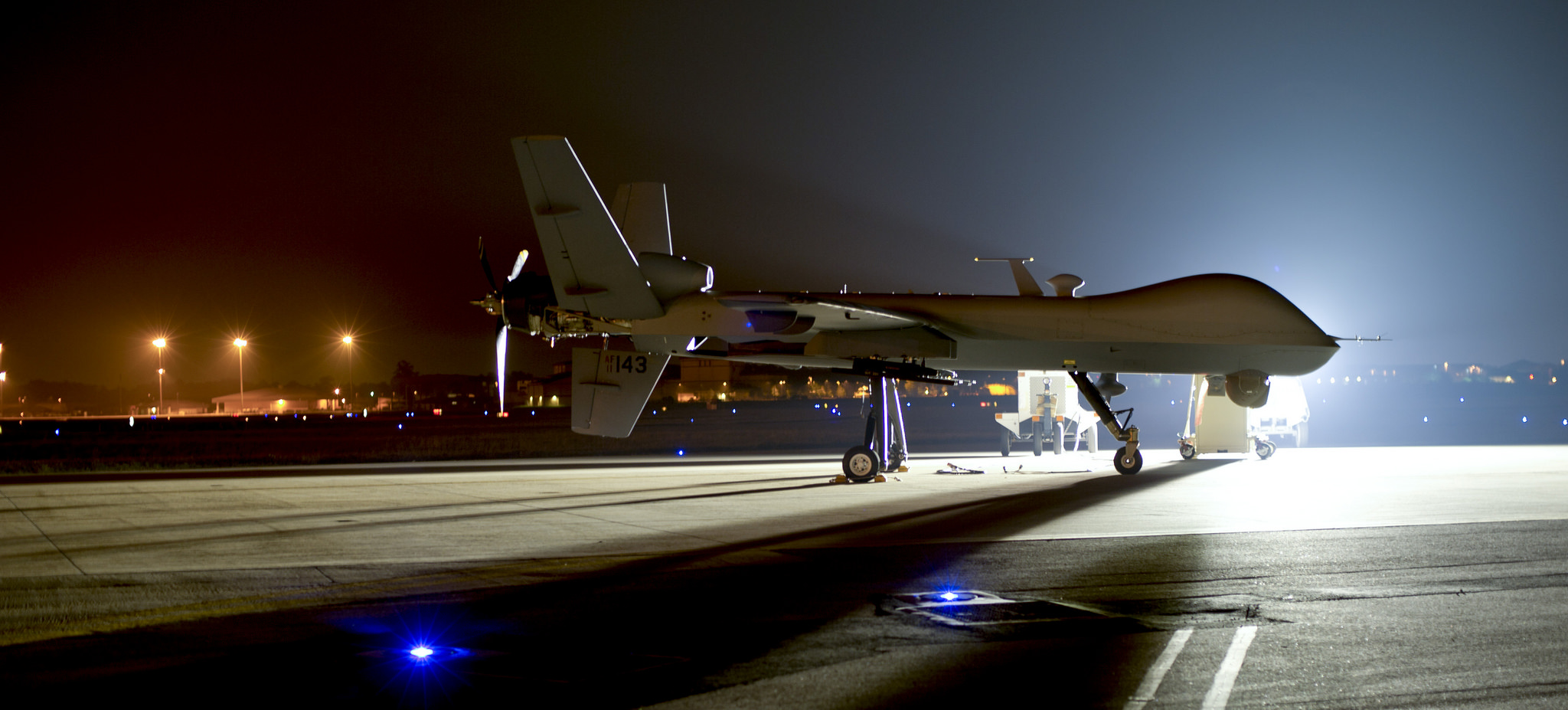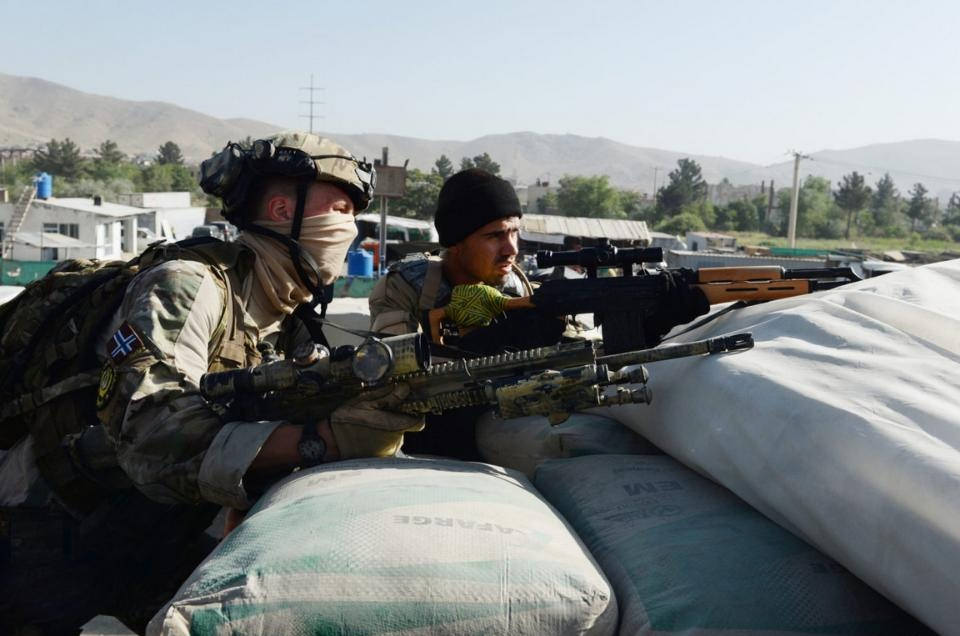By Julia M. Macdonald & Jacquelyn Schneider.
Over the past fifteen years drones have become an increasingly important part of US foreign policy. According to the Bureau of Investigative Journalism, the US government has authorized over 592 strikes in Yemen, Somalia, and Pakistan since 2002, and a further 615 strikes in Afghanistan since January 2015. And this trend is unlikely to change in the near term. Donald Trump and Hillary Clinton have both pledged support for the drone program and the US Department of Defense’s Third Offset Strategy envisions an even greater role for unmanned technologies in the coming years.
The US public’s support for the use of drones has also remained consistently high throughout this timeframe, with opinion polls registering average approval ratings of 60 percent and higher. Yet despite the quantity of polling data available, relatively little is known about the strength of popular support for drone strikes and the conditions under which we might expect it to change in the future. If we think that US public opinion on the use of force matters – as research suggests it does – then it is important to know what affects American support for drones.
In November 2015 we carried out a nation-wide survey experiment of approximately 2,000 US citizens to better understand both the source and strength of US public support for unmanned air strikes (the full report is available online at the Center for a New American Security). Here we summarize the key take aways from this research.
1. The US public prefers unmanned than manned airstrikes — except when civilians are at risk
In accordance with existing public opinion polls, the survey revealed that when asked to choose between manned and unmanned airstrikes, the US public was on average twice as likely to support unmanned options over manned. However, this level of support did not hold constant across all scenarios. US public support for drone strikes decreased precipitously when civilians were placed at risk, and increased significantly in scenarios where US aircrew were in danger. In the latter case, the US public’s desire to protect American aircrew led respondents to be six times more likely to choose unmanned over manned strikes. These findings present further proof of the US public’s casualty aversion (with regards to both friendly troops and civilians) and provides societal momentum for the machine-centered acquisition strategies of the Third Offset.
2. The US public supports unmanned airstrikes, but not more than airstrikes in general
Across a series of different targets — from Al Qaeda in Afghanistan to Al Shabaab in Somalia — the US public was two-to-three times more likely to support unmanned than manned airstrikes. This largely supports existing polling and suggests that in the absence of additional available data, the US public is more likely to support the use of unmanned force than manned airstrikes. However, on average only 25% of respondents preferred unmanned airstrikes, while 50% of respondents supported airstrikes from both unmanned and manned aircraft. This means that the US public largely does not differentiate between manned and unmanned airstrikes and that, with the exception of scenarios against near-peer adversaries (i.e. China), the American public is only slightly more supportive of the use of unmanned force than manned. And there is anecdotal evidence to support these survey findings. Very little media focuses on whether strikes in Libya, Syria, or Iraq are conducted by manned or unmanned aircraft, while a huge distinction is placed on manned versus unmanned aircraft flying over disputed air zones in the East China Sea.
3. The US public has a largely exaggerated understanding of current drone capabilities
US public opinion on drone strikes appears to be influenced at least in part by a lack of basic knowledge about unmanned versus manned aircraft. In responses to a series of knowledge questions, survey takers consistently overestimated the capabilities of drones. A clear majority of respondents believed drones to be more precise than manned aircraft, able to fly effectively in the same weather conditions, and more capable of surviving in high threat environments – none of which is true.
These results show that public perceptions about capabilities are key determinants of the American public’s level of support for different tools of force, including drone strikes. In particular, the lack of knowledge underpinning these perceptions – rather than making the public more cautious about the use of drones – instead appears to have increased confidence in the capabilities of this particular platform. Moreover, the effect of this knowledge gap on US public support for different means of force is only likely to grow in the future as new military technologies become increasingly complex and high-tech in nature. As this knowledge gap widens, the US media and political elite may gain significant leeway to shape the public discourse around these new technologies and “cue” the public to support their preferred means of force.
4. The US public cares about the legality of airstrikes — whether they are manned or unmanned
The ambiguous legal status of the US (covert) drones program has attracted widespread attention over recent years. According to our survey results, US public support for airstrikes varied significantly between scenarios with legal authority and those without but showed no difference between manned and unmanned strikes. In other words, the US public is more willing to support strikes of all kinds when they are legally sanctioned and less likely to support strikes when they are not.
Perhaps most interestingly, we found no significant difference between US support for airstrikes in the domestic versus international legal scenarios. Legal consensus at the domestic and international level increased support for all strikes, while divided opinion reduced support. This finding runs counter to arguments that the US public does not care much about international law and falls in line with more recent research on support for unmanned strikes.
Conclusion: Looking Ahead
This brief review of our findings highlights the nuances of US public support for the use of force across a range of different scenarios. In line with existing public opinion polls, the results reveal a US public-elite convergence on the promise of drones as a tool of US foreign policy. However, the data also reveals significant caveats to popular support for unmanned airstrikes.
First, in many situations the public is either highly uninformed about the differences between manned and unmanned aircraft or else ambivalent about the differences between the two platforms. As a result, policymakers seeking public approval for the use of force, especially against less-capable adversaries, are likely to garner only slightly more support with a campaign of unmanned versus manned aircraft. Second, and perhaps more importantly, our data confirms the general presumption that the US public is driven by a desire to mitigate casualties. But while that casualty aversion increases the chance that Americans will support the unmanned use of force when US personnel are at risk, concerns about civilian casualties associated with drone strikes suggest that the US public would be more likely to support manned airstrikes when there is high risk to civilians.
Julia Macdonald is a post-doctoral fellow at the Perry World House, University of Pennsylvania, and an Assistant Professor at the University of Denver’s Korbel School of International Studies (on leave 2016-17). Jacquelyn Schneider is an Instructor at the U.S. Naval War College. The views expressed here are hers alone and do not represent the views of the U.S. Navy or the Department of Defense.







